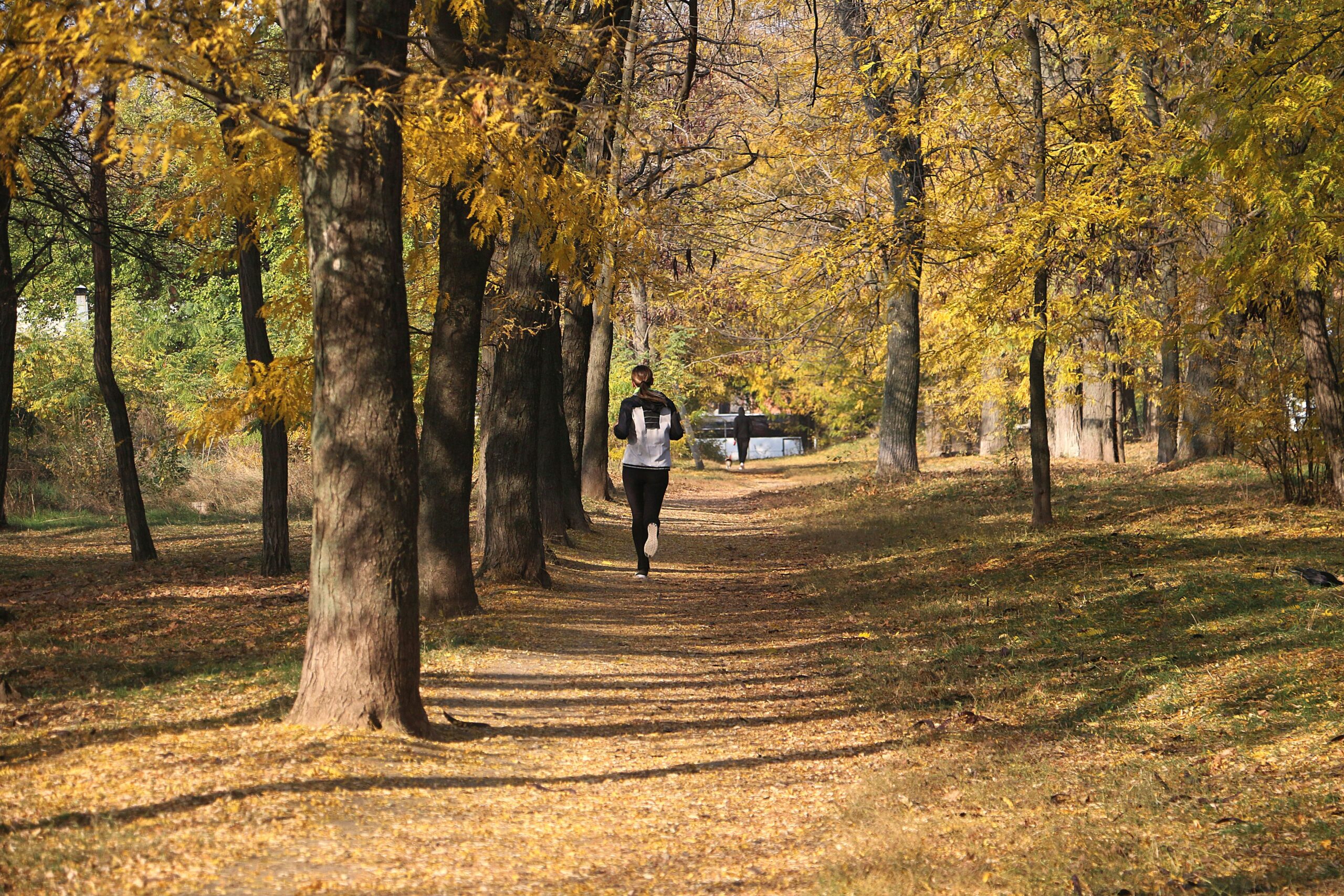Introduction: Movement is Life
Do you remember the last time you felt that rush of joy while running down the street, wind whipping through your hair, heart pounding with excitement? It’s a familiar feeling for many of us, yet as we grow older and our lives get busier, those moments of pure, unadulterated movement often slip through our fingers. It struck me one afternoon while I was walking my dog—an ordinary act that suddenly felt extraordinary. I realized that we all have an inner athlete waiting to be unleashed, not just in the gym or on the field, but in the very fabric of our daily lives.
The Concept of Everyday Movement
Everyday movement encompasses all the physical activities we engage in daily—walking to the bus stop, climbing stairs, gardening, or even dancing in the kitchen while waiting for your toast to pop. It’s the cumulative effect of these small bursts of activity that can lead to big changes in our health and well-being.
According to some studies, incorporating more movement into your daily routine can significantly impact your mental and physical health. It’s not just about hitting the gym for an hour a day; it’s about embracing movement in all its forms. So, let’s dig deeper into how we can tap into this often-overlooked aspect of our lives.
Breaking Down Barriers: Why We Resist Movement
Many people resist the idea of moving more due to preconceived notions about fitness. The image of a perfectly toned athlete can be intimidating, leading to the false belief that one must train like a professional to reap the benefits of physical activity. However, the reality is that every little bit counts.
Here are a few common barriers to movement that many face:
- Time Constraints: With busy schedules, it’s easy to feel like there’s just no time for exercise.
- Lack of Motivation: It can be tough to find the drive to move, especially after a long day at work.
- Fear of Judgment: Concerns about how others perceive us can be a significant deterrent.
- Physical Limitations: Injuries or chronic conditions can make movement feel daunting.
Recognizing these barriers is the first step in overcoming them. Remember, even the smallest movement matters. You don’t need to run a marathon to feel like an athlete.
Finding Your Personal Rhythm: Embracing Movement
One of the most effective ways to unleash your inner athlete is to find activities that resonate with you. It’s all about finding your personal rhythm. For some, that might mean taking a brisk walk in the park; for others, it could involve practicing yoga at home or joining a dance class. The key is to discover what makes you feel alive.
Try New Things
Don’t be afraid to experiment. I vividly remember trying a Zumba class on a whim. It was a mix of hilarity and sweat as I stumbled through the routines, but I left feeling invigorated and, oddly enough, like I had taken a giant leap into my inner athlete. Finding joy in movement is essential.
Set Mini Goals
Setting small, achievable goals can also help build momentum. Instead of aiming to run a half-marathon, why not start with a goal to walk an extra 10 minutes a day? Celebrate those little victories, and you’ll find yourself motivated to keep going.
The Science Behind Movement
Research shows that regular movement can improve cardiovascular health, boost mood, and increase longevity. Dr. John Ratey, a clinical associate professor of psychiatry at Harvard Medical School, explains that exercise releases endorphins, which are natural mood lifters. It’s like giving your brain a little hug every time you move!
Moreover, movement stimulates brain function. Studies suggest that even mild physical activity can enhance cognitive performance. So, if you’ve ever felt your brain fog clear up after a brisk walk, you’re not imagining it. The benefits are real!
Incorporating Movement into Daily Life
Now that we understand the importance of movement, let’s explore practical ways to incorporate it into our daily lives. Here’s how you can turn mundane tasks into opportunities for movement:
1. Optimize Your Commute
If you take public transport, consider getting off a stop early and walking the remaining distance. You’ll not only get some fresh air, but you might also discover hidden gems in your neighborhood you never noticed before.
2. Take the Stairs
Next time you face an elevator, challenge yourself to take the stairs instead. It’s a simple way to elevate your heart rate and strengthen those leg muscles. Plus, you’ll have a great excuse if you happen to be out of breath on the way to that next meeting!
3. Move During Work
If you work at a desk, try standing or walking meetings. Use a standing desk if possible, or simply take regular breaks to stretch and walk around the office. Your co-workers might look at you like you’ve lost it, but who knows, you might inspire them to join your movement revolution!
4. Dance Like Nobody’s Watching
Put on your favorite song while cooking or cleaning and dance like nobody’s watching (because, let’s be honest, no one really is). It’s a fantastic way to elevate your mood and sneak in some movement without even thinking about it.
The Power of Community
One of the most rewarding aspects of movement is sharing it with others. Joining a community can provide not only motivation but also a sense of belonging. Whether it’s a local running club, a yoga class, or even an online fitness group, surrounding yourself with like-minded individuals can make all the difference. Think of it like having a built-in cheerleading squad!
It’s also worth mentioning that social interaction can further amplify the benefits of movement. A study published in the journal Health Psychology found that exercising with friends can increase motivation and adherence to an active lifestyle. So grab a buddy and hit the trails together!
Listening to Your Body
As we tap into our inner athletes, it’s crucial to listen to our bodies. Movement should feel good, not painful. If something doesn’t feel right, don’t push through. Modify activities to suit your comfort level, and remember that rest is just as important as activity.
There’s wisdom in the saying that “the best workout is the one you’ll do.” If running isn’t your thing, try swimming, cycling, or hiking. The world is your oyster, so explore it!
Creating a Movement Mindset
To truly embrace everyday movement, it’s essential to cultivate a movement mindset. This means viewing movement as a natural part of life rather than a chore. It’s about cherishing the ability to move and recognizing its role in our overall happiness.
One way to nurture this mindset is through gratitude. Each time you engage in movement, take a moment to appreciate your body’s capabilities. Whether it’s the strength in your legs or the flexibility in your arms, acknowledging these aspects can heighten your appreciation for movement.
Conclusion: The Journey to Your Inner Athlete
Unleashing your inner athlete is not about transforming into an Olympic contender overnight. It’s about integrating movement into your life in a way that feels authentic and enjoyable. Embrace the little moments—those spontaneous dance breaks, the strolls in the park, the laughter shared with friends while being active. They all contribute to your athletic journey.
As I sit here reflecting on my own journey, I’m reminded that we are all athletes in our own right. It doesn’t matter how fast we run or how heavy we lift; what matters is that we move, we enjoy, and we celebrate our bodies. So lace up those sneakers, grab a friend, and let’s get moving! After all, the world is waiting for your inner athlete to shine.




